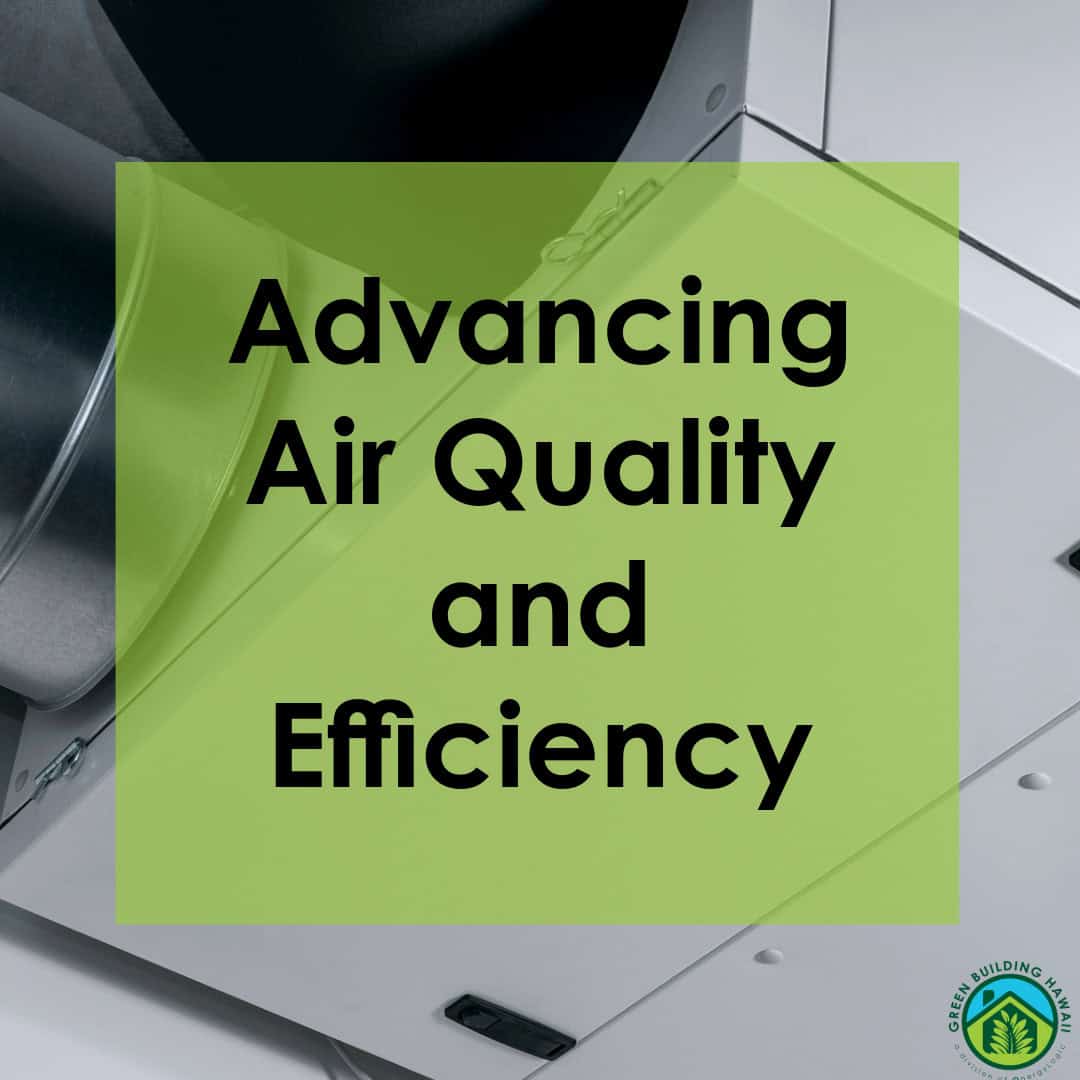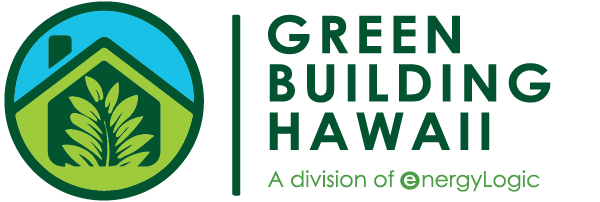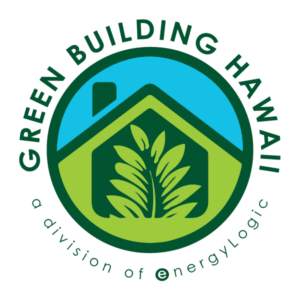A Fresh Look at Evolving Ventilation Trends, Technologies, and Best Practices in Hawai’i and Beyond

The Overlooked Letter in HVAC
Ventilation, the somewhat neglected letter of the acronym HVAC. Ventilation is a constantly evolving area of building science. Homebuyers are far, far more aware of indoor air quality as a primary concern than they used to be. Whether the average homeowner makes the connection between indoor air and ventilation is an open question.
Hawai’i’s Air Isn’t One-Size-Fits-All
Many think that we don’t need ventilation in Hawai’i. Just open a window! But it isn’t true all the time and depending on a variety of outdoor conditions, pollution, fires, etc. it’s just not a solution. Hawai’i also isn’t a single place, it’s a multitude of places and conditions. Hot? Dry? Cool? Wet? Where on what island? All of which just means that we have to think even harder about what constitutes good ventilation on the islands.
ERVs on the Rise: Better Air at Better Prices
In general, the prices for better ventilation via ERVs is on a downward trend. There is the caveat of course, that tariffs and other economic forces may alter that. EnergyLogic maintains close relationships with multiple ventilation manufacturers, Panasonic and AprilAire specifically. Both companies have multiple new products either available or coming online soon. Every manufacturer has different approaches to both product and ventilation strategy in general. However, each also has product to meet any ventilation strategy that a builder might choose. In Hawai’i we most often see ERV’s used to bring RH down from something close to 100% to a more manageable 70% or so.
The Push for Innovation
Panasonic, and I would suspect other manufacturers, have reported to me that growth in ERVs as a percentage of the market has exploded. Part of that is driven by costs coming down, especially relative to simple supply or exhaust strategies. Part of the growth is also driven by code adoptions, especially for the Mechanical Code (IMC) with regard to multifamily projects.
Labor and Installation
Like all products, material cost is but one component with labor being the other. Installer familiarity is a big factor in pricing installation. In areas of the country that have driven the market to ERVs as a standard or near standard, installation costs are half of what they are in areas where that change has not taken place. Familiarity drives lower installation costs as perceived risk goes down. Part of that risk perception is concern around commissioning products to ensure they are performing properly.
Designing for Simplicity and Performance
Manufacturers that emphasize ease of installation, for example ceiling cassette ERVs and controls in the unit that enable balancing make both installation and commissioning much simpler. We expect to see continued innovation in the ventilation space and more products and systems for whole house ventilation. We’re also eager to discuss your ventilation options and help you find the right fit for your project.

